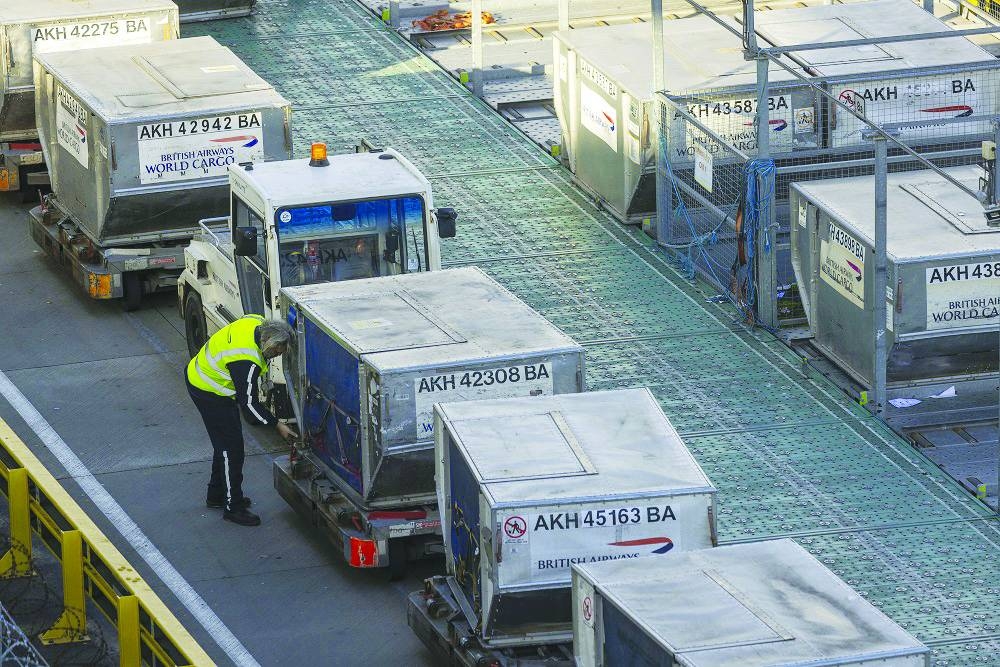| Beyond the Tarmac |
Jet fuel is one of the largest cost components for air carriers—often up to 30–40% of total operating expenses.
When fuel prices drop, airlines obviously save significantly on expenses, especially for long-haul or frequent routes.
Margins also improve, allowing carriers to stay profitable even with competitive pricing.
Stronger load factors so far in 2025, combined with decreased fuel costs have contributed to a rise in air cargo yields globally, according to the International Air Transport Association (IATA), which is the global body of airlines.
Oil markets experienced significant changes in March this year, primarily driven by increased production from non-Opec+ nations, amid slower global demand due to trade friction, IATA noted in a recent report.
Brent crude’s average price in March fell to $72.6, marking eight straight months of y-o-y decline. This represents a 15.1% decrease compared to last year and a 3.5% drop from February.
Jet fuel costs plunged even more sharply, falling 17.3% y-o-y to $88.9 and decreasing 6% m-o-m—marking the second month in a row of declines, IATA data reveal.
This sharper fall in jet fuel compared to oil narrowed the crack spread to $16.3, a 26.2% drop from $22.1 in March, 2024.
Like fuel prices, the spread saw its second straight monthly fall, sliding 3.5%.
Meanwhile, stronger load factors (so far) in 2025, combined with decreased fuel costs, contributed to a rise in air cargo yields. These yields jumped 3.8% from last year and 6.6% from February.
This rebound ends a three month streak of monthly yield declines that lasted through February.
Meanwhile, the latest IATA data for global air cargo markets showed total demand, measured in cargo tonne-kilometres (CTK), increased by 4.4% compared to March 2024 levels (+5.5% for international operations), a historic peak for March.
Capacity, measured in available cargo tonne-kilometres (ACTK), expanded by 4.3% compared to March 2024 (+6.1% for international operations).
Typically, March volumes rise after a lull in February, driven by the easing of holiday demand.
This year’s modest single-digit increase aligns with trends observed in years not influenced by post-Covid recovery factors, where such gradual gains were common.
Moreover, a frontloading effect could be implemented to mitigate the tariff impacts in April.
Air shipments increased by 3.2% month-on-month (m-o-m) from February to March, after seasonal adjustments. This jump matches past trends, but current events may have contributed to the boost.
“The sharp rise in US tariffs may have prompted companies and buyers to make purchases in advance to avoid significant import fees,” IATA said and noted air cargo demand grew across most regions in March.
Asia Pacific led the growth with a 9.3% increase, followed by Latin America and the Caribbean at 5.6%.
North American carriers rebounded from a decline (- 1.3%) in February to achieve a growth rate of 3.7%.
European airlines experienced a 4.4% increase.
However, carriers in the Middle East and Africa faced ongoing challenges for the third consecutive month.
The Middle East recorded its smallest decline so far at 3.3%, while Africa saw its sharpest drop at 13.4%. Both regions are experiencing the effect of a strong 2024, which suggests that 2025 will be a challenging year.
IATA’s Director General Willie Walsh said, “March cargo volumes were strong. It is possible that this is partly a front-loading of demand as some businesses tried to beat the well-telegraphed 2 April tariff announcement by the Trump Administration. The uncertainty over how much of the 2 April proposals will be implemented may eventually weigh on trade.
“In the meantime, the lower fuel costs — which are also a result of the same uncertainty — are a short-term positive factor for air cargo. And, within the temporary pause on implementation we hope that political leaders will be able to shift trade tensions to reliable agreements that can restore confidence in global supply chains.”
Analysts believe that lower transport costs via air cargo will encourage more international trade, especially of high-value or time-critical goods.
Therefore, many forwarders are likely to make air freight a more attractive option compared to slower modes (e.g., sea freight). This enhances the resilience and flexibility of global supply chains.
Lower jet fuel price help carriers either improve their bottom line or slash prices to attract more customers, gaining market share.
This is especially important in air cargo, where price sensitivity among logistics providers and shippers is high.


